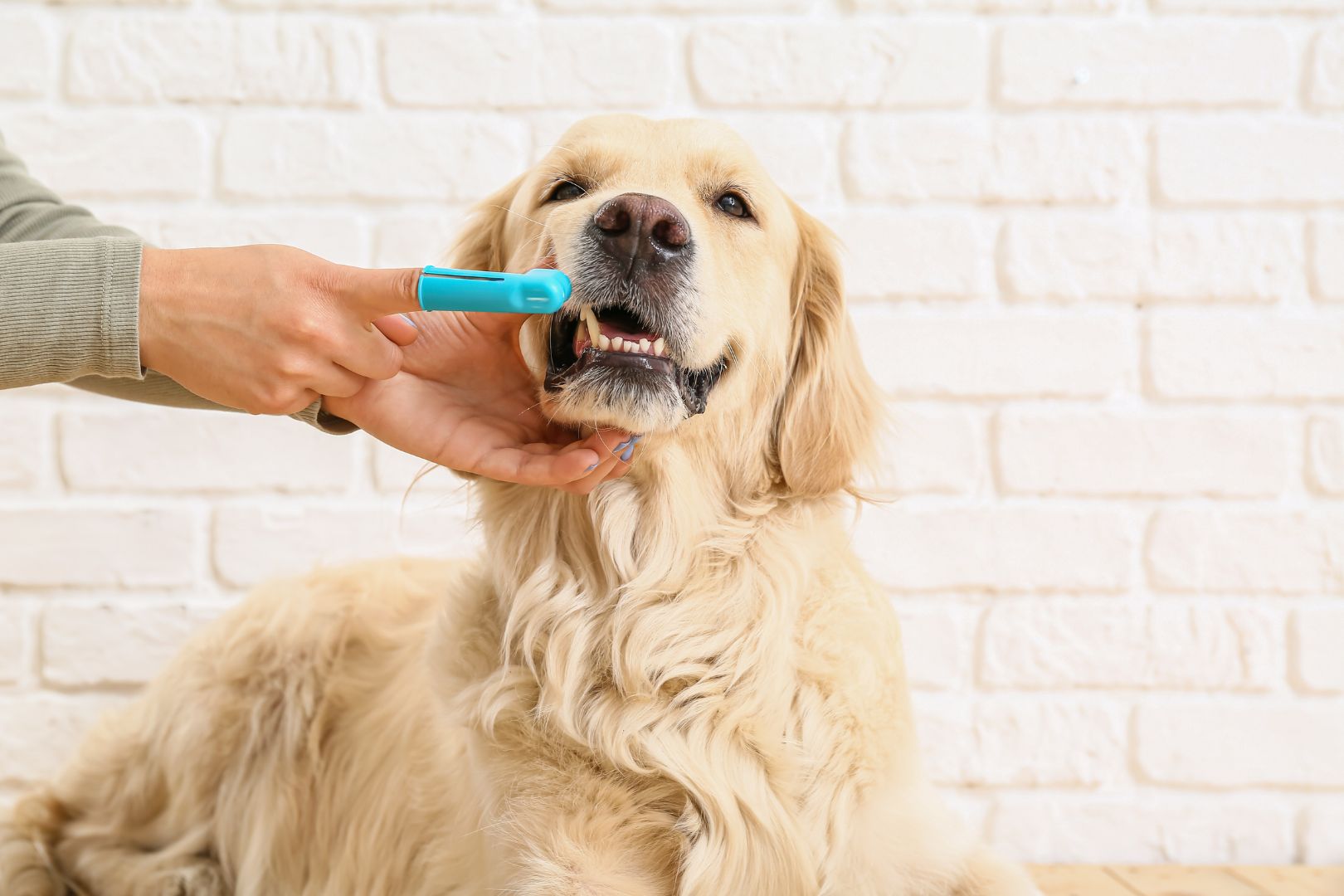Maintaining good oral health for your dog is vital to their overall well-being. Unfortunately, dental care for dogs is often overlooked, leading to conditions like gum disease, tooth loss, and even infections that can affect other organs. Just like humans, dogs need regular care to keep their teeth and gums healthy. This guide will cover the essentials of dog dental care, potential health risks if oral hygiene is ignored, and tips to prevent dental diseases.
The Importance of Oral Health in Dogs
Oral health in dogs goes beyond having fresh breath and clean teeth. Poor dental hygiene can lead to plaque and tartar buildup, which, over time, may result in periodontal disease—a serious condition that affects the structures supporting the teeth. Periodontal disease can cause gum inflammation, infection, and even loss of teeth. More alarmingly, bacteria from dental disease can enter the bloodstream and affect vital organs, such as the heart, liver, and kidneys.
A healthy mouth not only ensures your dog can eat comfortably but also significantly contributes to their longevity and quality of life.
Understanding Dental Disease in Dogs
Dental disease is one of the most common health issues in dogs. It affects up to 80% of dogs over the age of three. The progression of dental disease typically occurs in stages:
- Plaque Formation: After eating, food particles and bacteria form a sticky film on the teeth, called plaque.
- Tartar Build-Up: If plaque is not removed through regular brushing, it hardens into tartar, which can only be removed by a veterinarian.
- Gingivitis: The gums become inflamed, red, and swollen due to plaque and tartar accumulation, leading to gingivitis. At this stage, you may notice bad breath or bleeding gums.
- Periodontal Disease: As the condition worsens, it can destroy the gum tissue and the bone that supports the teeth, eventually leading to tooth loss.
Without proper dental care, your dog is at risk of developing systemic health issues caused by bacteria entering the bloodstream from untreated dental infections.
Signs of Poor Oral Health
Detecting early signs of oral health problems in your dog can help you take action before the condition worsens. Some common signs of dental issues include:
- Bad breath: While occasional bad breath is normal, persistent foul-smelling breath is often a sign of dental disease.
- Discolored teeth: Yellow or brown staining, particularly at the gum line, indicates plaque or tartar buildup.
- Swollen or bleeding gums: Red, swollen gums, or gums that bleed during chewing or brushing, are signs of gingivitis.
- Loose teeth: Periodontal disease can cause teeth to loosen or fall out due to bone loss around the teeth.
- Difficulty eating: Dogs with dental pain may avoid hard foods, chew on one side of their mouth, or drop food while eating.
- Pawing at the mouth: If your dog is pawing at their mouth or showing discomfort when chewing, they may have a toothache or gum problem.
Preventing Dental Disease in Dogs
Prevention is the key to avoiding dental disease in dogs. With regular care and attention, you can help keep your dog’s teeth clean and their mouth healthy.
Regular Tooth Brushing
The most effective way to prevent dental disease in dogs is by brushing their teeth regularly. Ideally, you should brush your dog’s teeth daily, but even a few times a week can make a difference. Here’s how to brush your dog’s teeth effectively:
- Use the right tools: Always use a toothbrush and toothpaste specifically designed for dogs. Human toothpaste contains ingredients that are toxic to dogs, such as fluoride or xylitol.
- Introduce brushing gradually: Start slowly to get your dog accustomed to the process. Begin by letting your dog taste the toothpaste, and then gently rub it on their teeth with your finger before introducing the toothbrush.
- Focus on the outer surfaces: Concentrate on brushing the outer surfaces of the teeth, particularly the back molars where plaque tends to accumulate.
- Reward your dog: Use positive reinforcement with treats or praise to make brushing a pleasant experience for your dog.
Provide Dental Chews and Toys
Dental chews and toys designed to clean teeth can be helpful in maintaining oral health between brushings. Chewing helps scrape away plaque and tartar from your dog’s teeth. Look for products approved by the Veterinary Oral Health Council (VOHC), as they meet specific standards for reducing plaque and tartar.
Offer a Dental Diet
Some specially formulated dog foods are designed to promote dental health. These foods often have a larger kibble size and a texture that helps reduce plaque buildup by gently scraping the teeth as the dog chews. Additionally, certain dental treats are made to freshen breath while promoting oral hygiene.
Regular Vet Visits for Professional Cleanings
No matter how diligent you are with your dog’s dental care at home, professional cleanings by a veterinarian are necessary to maintain oral health. Vets can perform a thorough cleaning to remove tartar, which cannot be eliminated through regular brushing.
Your vet will also examine your dog’s teeth for signs of dental disease and recommend treatments as needed. The frequency of professional cleanings depends on your dog’s age, breed, and overall health, but most dogs benefit from annual or bi-annual cleanings.
















Get involved!
Comments